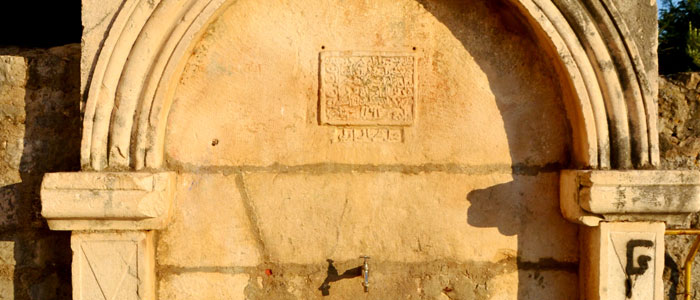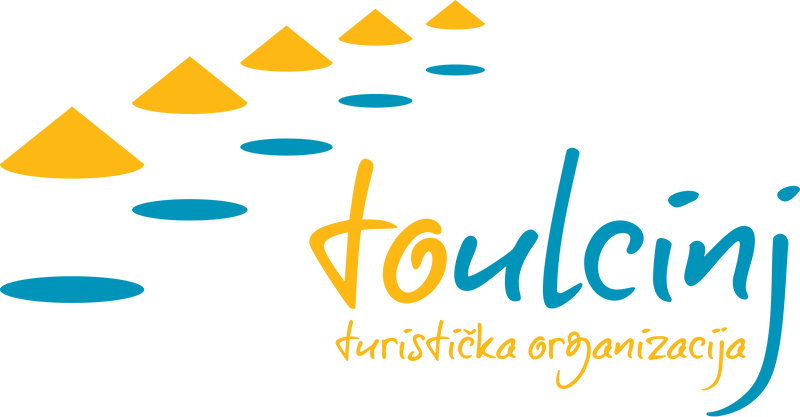There has always been the water cult in Ulcinj. It is believed that the image of Bindus, the Illyrian God of water and the sea, was carved into the walls of the Old Town.Many fountains used to be built in the area of this town for people’s use, but for the souls of the dead too. A legend says that it is better to make a fountain than a sacral building. Therefore, in the town only there used to be more than 30 of them. Today there is just half of it.
Fountains were built as endowments (vakuf) of individuals. They were made of stone and were decorated by an incised tarih – the year of construction. The fountains in Ulcinj decorate the town by their beauty and the fact that they were harmoniously adapted to the environment where they were made. The inscription contains the name of the benefactor who made the fountain, usually with the wish and message that those who would get the nafaka – chance to take just a sip of water from it, say a prayer for him and wish him a place in wonderful Paradise.
The fountain in the Old Town was made in 1749-50. Water was captured at 600 metres northwest from the fortress, near the place called Chinari (Javor). At this place there were a lot of reservoirs where the rainwater was collected, which would then be used by the citizens of the Old Town in case there was a siege.The most frequently sung fountain in Ulcinj is Vilina voda (Kroni i zanave) – Fairy’s water, which is located on the northwestern side in the Valdanos grove. There are a lot of stories and legends about this beneficial and marvelous water.In the Ulcinj olive groves there are ten more nicely-made water springs (Begova, Mustafina, Dochina, Saljkikina, the Sailors’…).In the pine wood there is the famous “Ladies’ Beach“ with its sulfur springs, which are the right elixir for barren women.
Doctors from former Yugoslavia used to recommend to children who had asthma problems to walk in the Ulcinj Pine Wood in the morning and to rinse their throats with sea water.

